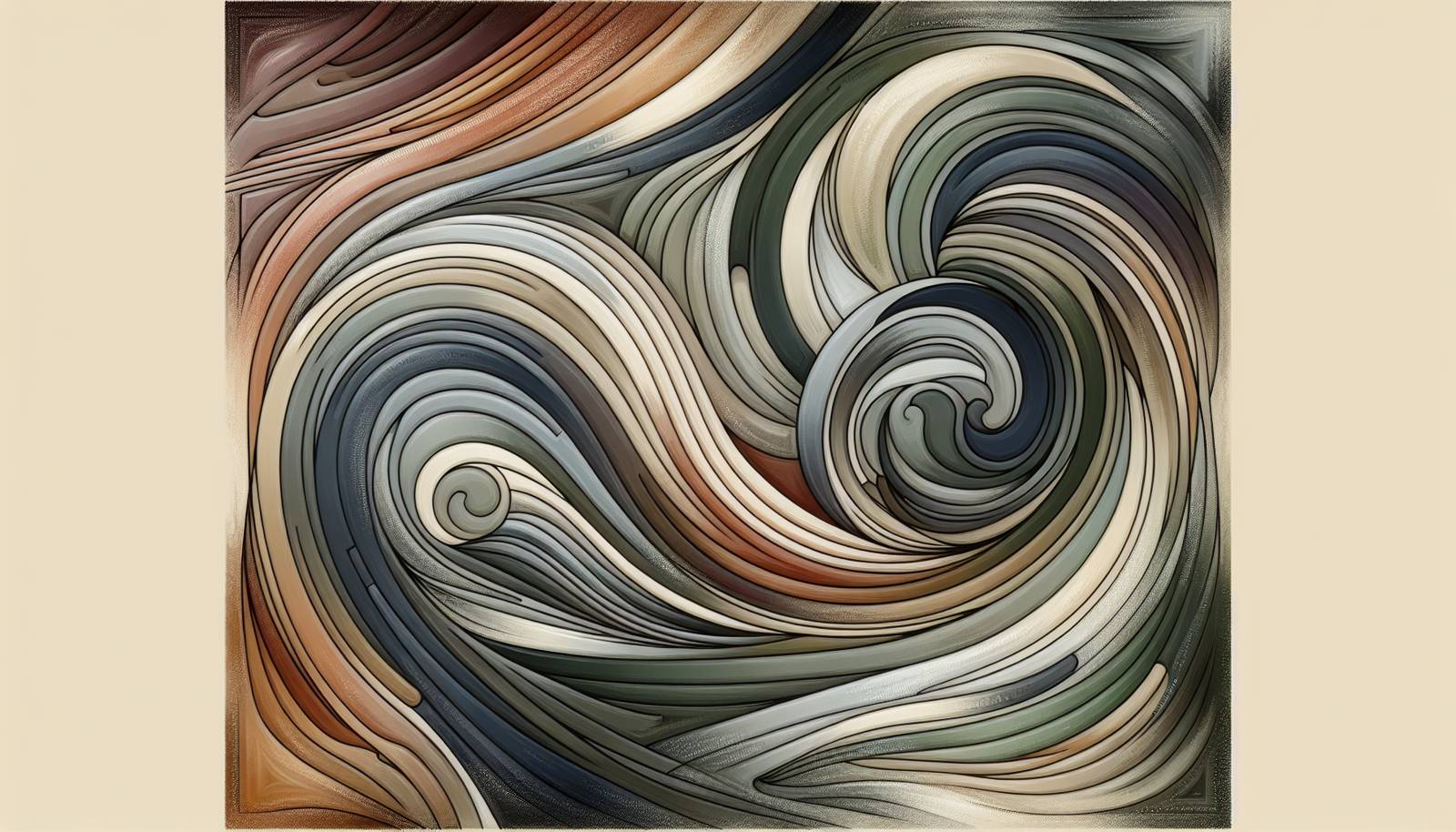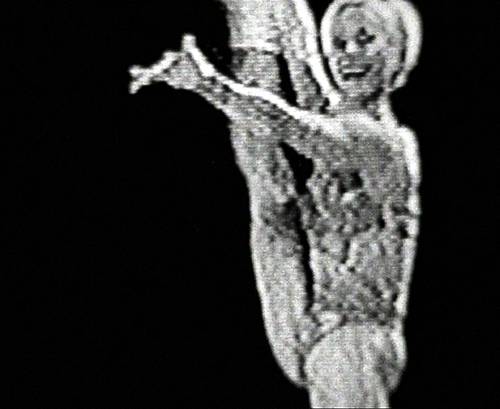
FAQ About The Role of Dance Film in Contemporary Cinema

What is a dance film?
A dance film is a genre of film that combines dance and cinematic techniques to tell a story or convey a message. These films integrate choreography with filmmaking elements such as camera angles, lighting, and editing to create a unique narrative. Dance films can range from documentaries and music videos to full-length feature films where dance is central to the plot.

How is dance film different from traditional films?
Dance films differ from traditional films mainly in their emphasis on movement and choreography as a storytelling device. While traditional films primarily rely on dialogue and conventional narrative structures, dance films use dance sequences to express emotions, advance the plot, or enhance the visual artistry of the film. This creates a distinctive viewing experience that merges the visual and kinetic.

Why is dance film considered a distinct genre in contemporary cinema?
Dance film is considered a distinct genre because it uniquely blends the art of dance with the filmmaking process to create new forms of expression. It offers a different approach to storytelling that is not confined by traditional film conventions, allowing for more abstract and visually driven narratives. The synergistic use of choreography and cinematic techniques establishes a distinct aesthetic that is valued in the modern arts scene.

What are some well-known examples of dance films?
Some well-known dance films include "Black Swan", directed by Darren Aronofsky, which explores the psychological and physical demands of ballet; "Step Up", a series that showcases urban dance styles and choreography-centric plots; and "La La Land", which combines musical elements with carefully choreographed dance scenes to tell a romantic story.

How do filmmakers use choreography in dance films?
In dance films, filmmakers collaborate with choreographers to design dance sequences that serve the film's narrative and emotional tone. Choreography in these films is not just about creating dance routines, but also about integrating movement with cinematographic elements such as framing, timing, and music. This results in an immersive experience where dance complements and enhances the story being told.

What role do camera techniques play in dance films?
Camera techniques in dance films are crucial for capturing the movement and expression of dance. Filmmakers use a variety of shots, angles, and movements to emphasize the fluidity and emotion of choreography. Techniques like tracking shots, close-ups, and slow motion can highlight the nuances of the dancers' performances, creating a dynamic interaction between the camera and choreography.

How do dance films contribute to the art of filmmaking?
Dance films contribute to the art of filmmaking by expanding the ways in which stories can be told visually and emotionally. They challenge filmmakers to think creatively about how movement can serve as a narrative device. This innovation not only enriches the genre but also inspires new cinematic techniques and aesthetics that influence broader filmmaking practices.

Are there any film festivals dedicated to dance films?
Yes, there are several film festivals that celebrate dance films. The San Francisco Dance Film Festival and the Dance on Camera Festival in New York are two prominent events that showcase dance films from around the world. These festivals provide a platform for filmmakers and choreographers to present their work, network, and gain recognition for their contributions to this unique genre.

What impact has dance film had on contemporary dance?
Dance film has significantly impacted contemporary dance by offering new avenues for dancers and choreographers to reach wider audiences. The genre allows for artistic experimentation with space, time, and visual effects that are not possible in live performances. It also helps document and preserve dance performances, contributing to the evolution and dissemination of dance styles globally.

What technologies are commonly used in creating dance films?
Technologies commonly used in creating dance films include digital cameras, editing software, motion capture, and CGI. These tools enable filmmakers to experiment with motion and special effects, enhancing the choreography's appeal. Advanced editing techniques allow for seamless transitions and dynamic visual storytelling, making dance films visually captivating.

How does music influence dance films?
Music plays a critical role in dance films by setting the rhythm, mood, and emotional tone of the dance sequences. It often drives the choreography and can significantly enhance the film's narrative power. The synchronization of music and movement is essential, as it allows for a cohesive and engaging experience for the audience, often accentuating the film's dramatic or thematic elements.

What are some common themes explored in dance films?
Common themes in dance films include personal growth, artistic passion, cultural identity, and social issues. These films often explore the dedication and challenges faced by dancers, highlighting themes of perseverance and self-expression. They may also delve into the power of dance as a form of communication and its capacity to bridge cultural divides.

How do dance films promote diversity and inclusivity?
Dance films promote diversity and inclusivity by highlighting different dance forms and traditions from around the world. They provide a platform for underrepresented cultural expressions and bring attention to diverse stories and voices. This inclusivity enriches the genre and invites audiences to experience and appreciate a wide range of cultural perspectives through dance.

What challenges do filmmakers face when creating dance films?
Filmmakers creating dance films often face challenges such as coordinating complex choreography with cinematic elements, working with diverse performers, and balancing artistic vision with technical constraints. Capturing the full essence and energy of live dance through a camera lens requires careful planning and creativity, often demanding innovative techniques to translate the kinetic energy of dance onto the screen effectively.

What is the history of dance film as a genre?
The history of dance film dates back to the early 20th century when filmmakers first started to experiment with capturing dance on camera. Over the decades, it has evolved alongside technological advancements and changing cultural tastes, with seminal works emerging in various styles. The genre gained more recognition in the late 20th and early 21st centuries as filmmakers explored more sophisticated techniques to integrate dance into cinematic storytelling.

How do workshops and collaborations enhance dance film production?
Workshops and collaborations are pivotal in dance film production, fostering a creative environment where dancers, choreographers, and filmmakers can exchange ideas and refine their craft. Collaborative environments offer opportunities to explore innovative approaches to filming and choreography, leading to more dynamic and engaging films. Such collaborations also help in bridging expertise across disciplines, resulting in a richer final product.

Can dance films be considered experimental cinema?
Yes, dance films can certainly be considered a part of experimental cinema due to their often unconventional narrative structures and focus on movement over dialogue. The genre allows creators to play with time, space, and perception, pushing the boundaries of traditional filmmaking norms. This experimental approach makes dance films a fertile ground for innovation and artistic exploration.

What is the future of dance film in contemporary cinema?
The future of dance film in contemporary cinema appears promising, with advancements in technology and increasing interest in diverse storytelling paving the way for more innovative productions. Emerging filmmakers are likely to continue exploring the intersection of dance and technology, using tools like virtual reality and augmented reality to enhance immersion. As audiences increasingly appreciate visually driven narratives, dance films are poised to become an integral part of cinematic experiences.

How do dance films influence audiences' perception of dance?
Dance films have a profound impact on audiences' perception of dance by presenting it in accessible and engaging formats. They educate viewers about different dance styles and the expressive potential of movement, often inspiring an appreciation for dance as both an art form and a storytelling medium. The cinematic presentation of dance can evoke emotional responses and encourage audiences to explore the art form further.

What are the educational benefits of dance films?
Dance films offer several educational benefits, including the dissemination of knowledge about various dance styles and techniques. They can be used as teaching tools in academic settings to analyze the integration of choreography and filmmaking. Furthermore, they serve to inspire and educate aspiring dancers and filmmakers by showcasing the creative possibilities that arise when these two art forms come together.
